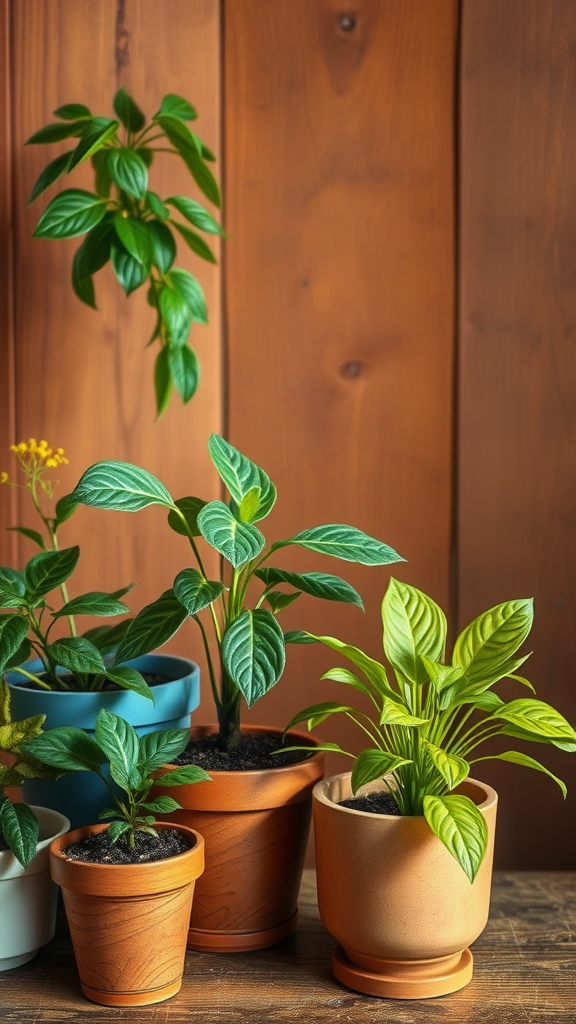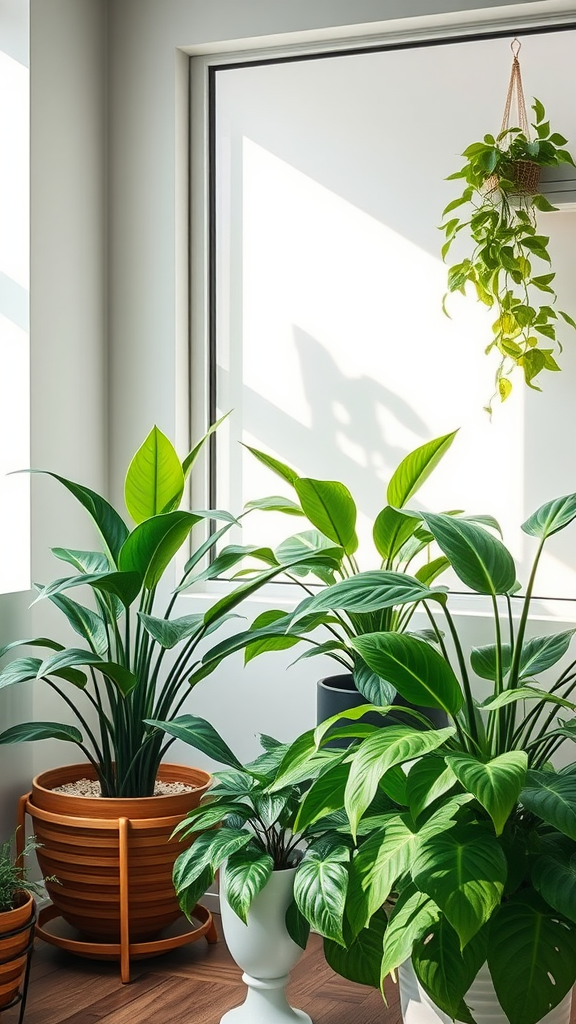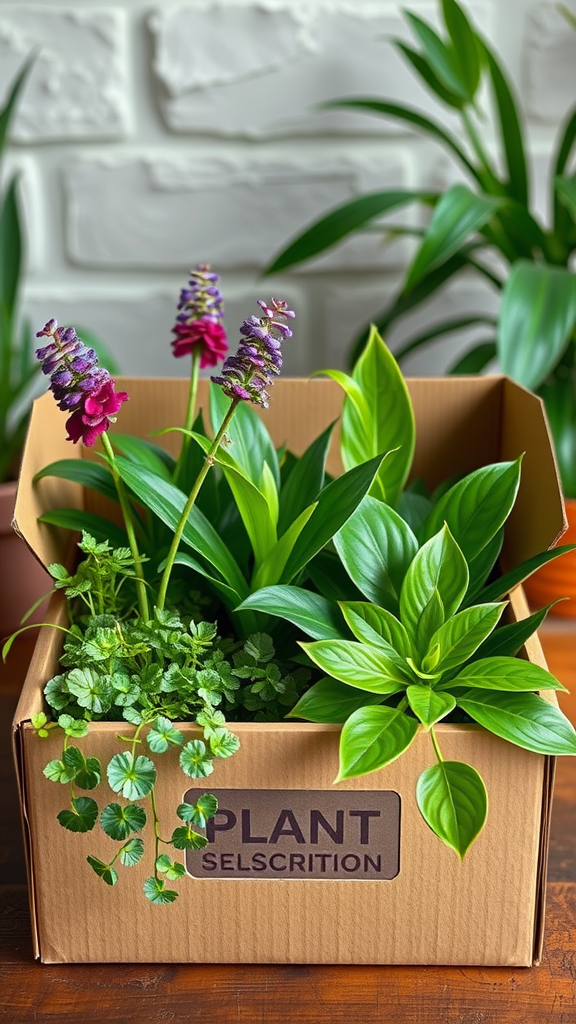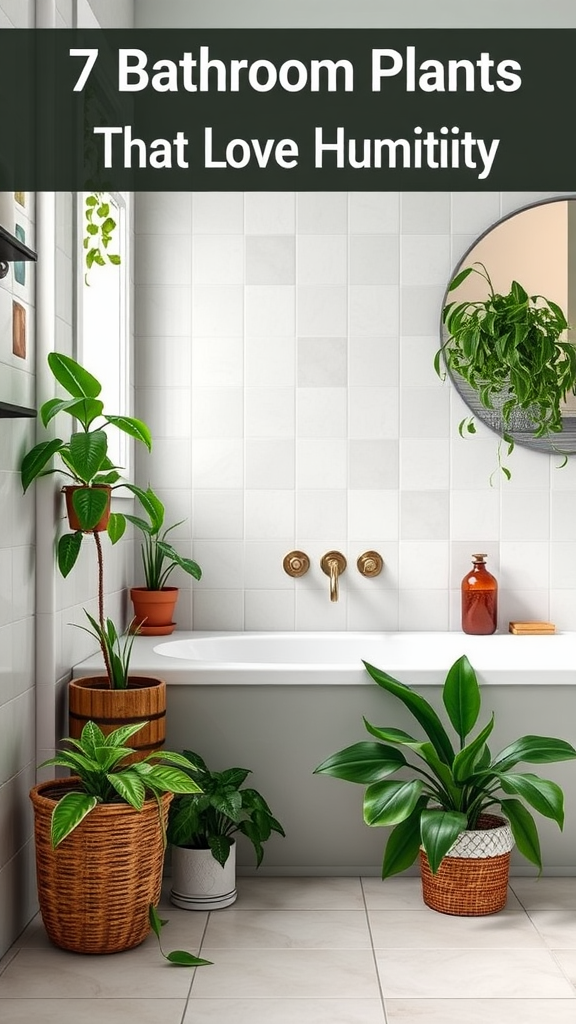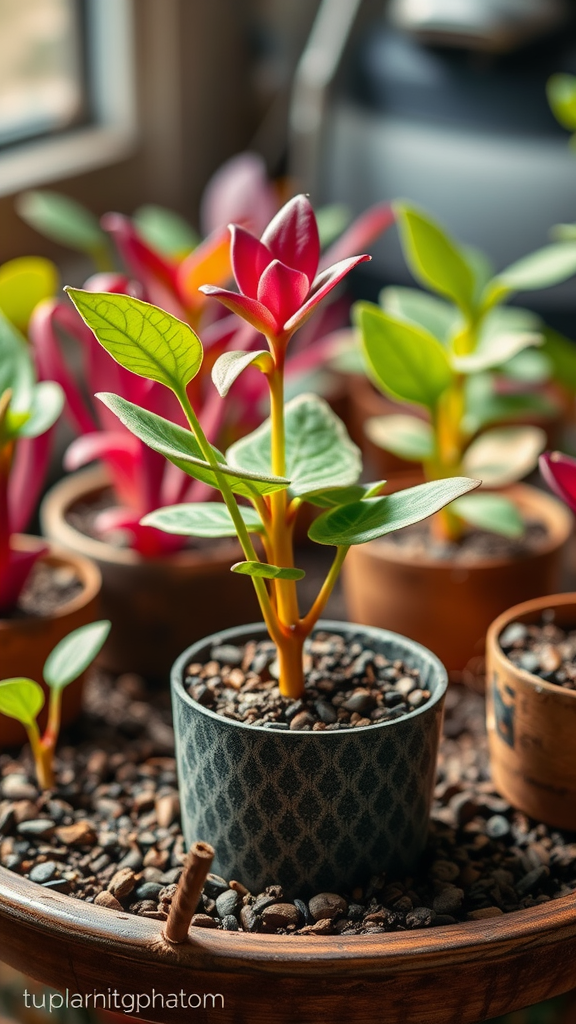Strategies for Repotting Your Plants Without the Stress
Repotting your plants can seem like a daunting task, but it doesn’t have to be filled with stress. With the right strategies, you can make this gardening chore a breeze. Follow these simple steps to keep your plants happy while ensuring the process is enjoyable for you.
Understanding When to Repot
Before you begin, it’s essential to know when your plants need repotting. Here are some signs to watch for:
- Root-bound: If roots are growing out of the drainage holes, it’s time to repot.
- Stunted Growth: If your plant isn’t growing as it should, it may need more room.
- Soil Degradation: Look for dry, compacted, or discolored soil. Fresh soil helps your plants thrive.
Gather Your Supplies
Having everything you need on hand can significantly reduce stress during the repotting process. Here’s a quick checklist of items:
- New pot with drainage holes
- Fresh potting soil
- Gardening gloves
- Watering can
- Scissors or pruning shears
- Small shovel or trowel
- Container to catch drips
Choose the Right Time
Timing your repotting can impact how well your plants adjust. Early spring is typically the best time. During this period, plants are coming out of dormancy and can adapt to new environments more easily.
Prepare Your New Pot
Before moving your plant, prepare its new home. Here’s how:
- Fill the bottom of the new pot with a layer of fresh potting soil.
- If using a ceramic or clay pot, consider adding small stones for additional drainage.
Remove the Plant from Its Current Pot
Once your new pot is ready, it’s time to transfer your plant. Gently hold the stem and turn the pot upside down with your free hand at the base. Tap the sides to loosen the soil, then slide the plant out. If it’s stuck, you can use your scissors to cut through any tightly wrapped roots.
Inspect the Roots
After removing the plant, examine the roots. Healthy roots should be firm and white. Trim any dark or mushy roots with clean scissors, which can help prevent disease.
Place the Plant in the New Pot
Now, set the plant in its new pot. Make sure it’s at the same soil level as before. Fill in around the roots with fresh soil, but be careful not to compact it too much. You want to give the roots space to grow while maintaining good drainage.
Water Your Plant
After repotting, give your plant a good drink. This will help settle the soil and eliminate any air pockets. Make sure the excess water can drain freely through the holes.
Provide Optimal Conditions
After repotting, your plant may need some extra care. Here’s what you should do:
- Place the Plant in a Shady Spot: Keep it out of direct sunlight for a week. This helps reduce stress on the plant.
- Monitor Watering: Water lightly until you see new growth, allowing the topsoil to dry out between waterings.
- Keep Temperature Stable: Avoid placing your plant in drafty areas or near heat sources.
Watch for Signs of Stress
Keep an eye on your plant for the next couple of weeks. Look for signs of stress, like wilting or yellowing leaves. If you notice these issues, it might need adjustments in light, water, or temperature.
Repotting your plants becomes less stressful when you have a clear plan in place. With these strategies, you can tackle this task confidently and help your plants flourish in their new environment. Remember, happy plants make for a happy gardener!
Common Mistakes to Avoid When Repotting Plants
When you decide to repot your beloved plants, it’s important to keep a few common mistakes in mind to ensure a smooth transition for your green friends. By avoiding these pitfalls, you can help your plants thrive in their new containers.
Skipping the Preparation
Before you even touch your plant, take some time to prepare. Gather all necessary supplies, such as fresh potting mix, pots, gloves, and a trowel. Failing to prepare can lead to a clumsy repotting experience. You might forget tools or need to run back and forth looking for what you need, which can stress both you and your plant.
Choosing the Wrong Pot Size
Selecting a pot that is too big or too small can hinder your plant’s growth.
- Too Big: A larger pot can hold excess soil, which retains too much moisture. This can lead to root rot.
- Too Small: If the pot is too small, it can restrict root growth and limit nutrients your plant can absorb.
Choose a pot that is just 1-2 inches larger in diameter than the current one. This will give your plant room to grow without overwhelming it.
Neglecting to Inspect Roots
When removing a plant from its pot, take a moment to inspect the roots. Look for any brown, mushy roots or root-bound situations where the roots are twisted and circling around the ball of soil. If you find any unhealthy roots, trim them away to encourage healthy growth in the new pot.
Using the Wrong Soil
Soil is not just dirt; it has different properties and nutrients that your plants need. Using regular garden soil can suffocate your roots and may not drain well. Instead, opt for a well-aerated potting mix suitable for your specific plant type. For instance:
- Cacti and Succulents: Look for a cactus mix that promotes drainage.
- Tropical Plants: Use a light, moisture-retaining potting mix.
Watering Immediately After Repotting
It’s common to want to give your plant a good drink right after repotting, but this can actually do more harm than good. Watering too soon can disturb the roots and cause soil to shift. Instead, wait a few days before giving your plant water. This will help the roots settle in and reduce the risk of shock.
Over-Fertilizing
Your plant may need nutrients after being repotted, but over-fertilizing can cause stress. Fresh potting soil already contains some nutrients. Wait around a month before you apply fertilizer. Once your plant is reestablished, you can feed it on a regular schedule suitable for its type.
Forgetting to Adjust the Lighting
When you change your plant’s pot, you may also be changing its environment. The new pot may end up in a different spot in your home, which can change the light conditions. After repotting, monitor your plant and adjust its position to match its needs. Some plants may need immediate bright light, while others might thrive in lower lighting.
Not Considering the Time of Year
Timing is everything when it comes to repotting. The best time to repot most houseplants is during their active growing season, typically in spring or early summer. Repotting in autumn or winter can shock the plant and stunt its growth. Be sure to consider your plant’s natural growth cycle when planning your repotting day.
Ignoring Signs of Stress
Pay attention to your plant after repotting. Signs like wilting, yellowing leaves, or stunted growth indicate that your plant may be stressed. In such cases, assess your potting method and make adjustments if necessary. Ensure your plant has adequate light, moisture, and that it’s in the right pot size.
By avoiding these common mistakes when repotting your plants, you can create a healthy and nurturing environment for them to thrive. Whether you’re an experienced gardener or a beginner, being mindful of these tips can help make your repotting experience both enjoyable and stress-free. Remember, plants are delicate creatures that rely on your care. So treat them right!
Conclusion
Repotting your plants doesn’t have to be a stressful experience when you implement the right strategies. By ensuring you choose the right time—ideally during the growing season—you help your plants adjust more easily. Gathering all your supplies beforehand keeps the process smooth and efficient, allowing you to focus on nurturing your greenery rather than scrambling for tools.
Avoiding common mistakes is equally crucial for a successful repotting experience. Simple oversights, like selecting a pot that’s too large or not preparing the new soil correctly, can lead to transplant shock or poor plant health. Always remember to gently separate roots and check for rot before placing your plant in its new home.
Regularly assessing your plants and understanding their needs prevents unnecessary stress. Taking the time to monitor their growth can help dictate when and how to repot, ensuring your plants thrive in the best conditions possible.
By adopting a thoughtful approach and steering clear of common pitfalls, repotting can become a rewarding activity rather than a chore. By nurturing your plants in a way that respects their needs, you’ll not only enjoy a healthier indoor garden but also make the entire process a more enjoyable part of your plant care routine. Embrace these strategies, and you’ll find that your next repotting task is a walk in the park! Your plants will thank you with lush growth and vibrant health.

